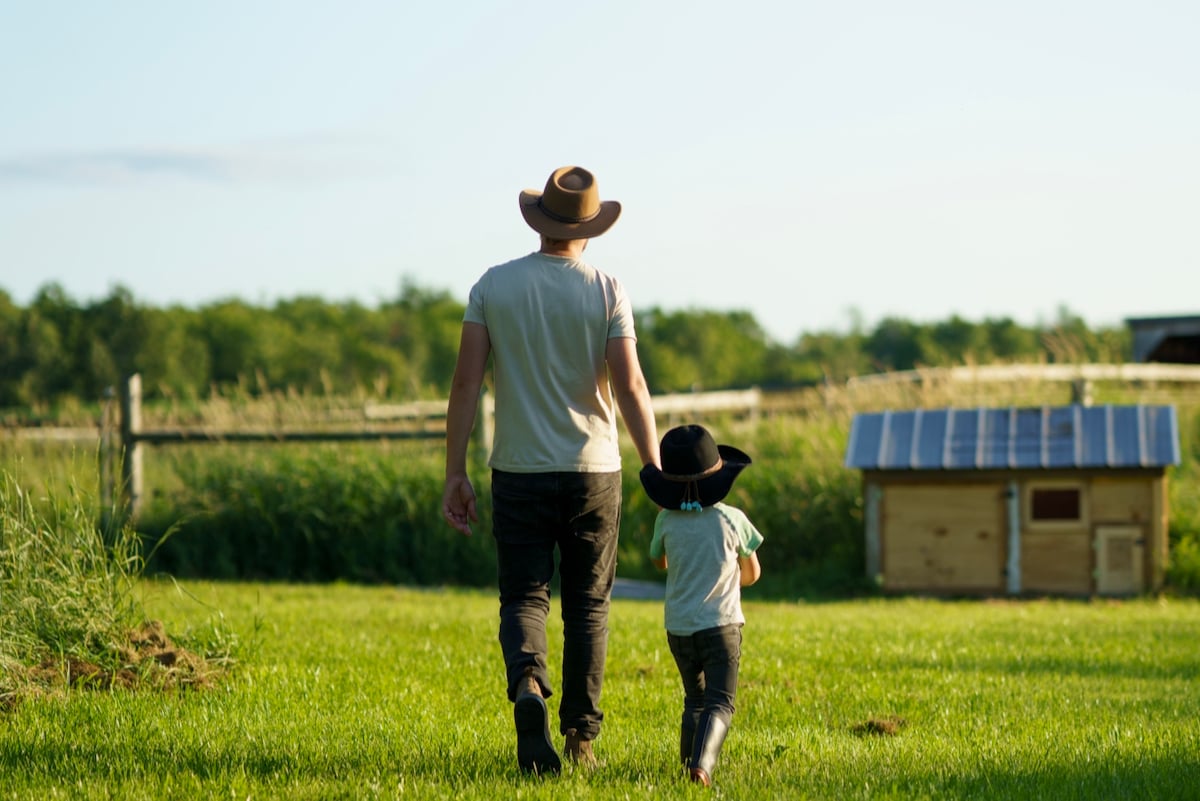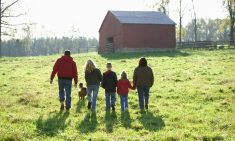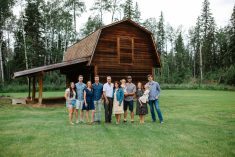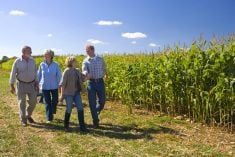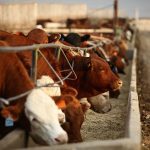Agriculture has always set itself apart.
You build a lifestyle, not a business. You create memories and family, not wealth and power.
But lately, those familiar myths are showing wear. Call it an industry evolution or simply the reality of razor-thin farm economics. Either way, the landscape is shifting.
Read Also

Farmland values: assumptions and realities
Where farmland values are headed and what decisions farmers should make
Growing up, I believed that myth. We were tied emotionally to the land, convinced our family legacy lived in every acre. Today, looking across the farms we work with, that no longer holds true.
Farms are beginning to trade land like a commodity. Outside of the home quarter or a few sentimental parcels, today’s producers are focused on returns.
Some see this shift as negative.
I see it as possibility.
Many farms I work with see the farm as their family legacy. In fact, we often push our children toward agriculture while knowing the mental strain and tight margins may keep them awake at night, too. For those who do look beyond the picket fence, an “exit strategy” often feels like the only way to fund the next generation with cash.
But farms that embrace entrepreneurship and investing see acres differently. They view them as gold bars or stocks in a company that has steadily appreciated for decades.
And today, opportunities exist to use land for more than just production.
The first time I noticed the shift was when larger farm enterprises began making passive investments outside agriculture. Historically, it was a sin not to reinvest every dollar back into the operation. But after several strong profit years and land prices reaching uneconomical levels, producers are now looking at the forest, not just the trees. They’re leveraging a strong, appreciating asset to support opportunities beyond the farm.
Because in the end, your children are the true investment, not the farm.
I’m seeing it already. Farms are using their capital to invest in higher education, sending kids to schools overseas, supporting elite sports programs or even backing the businesses their children choose to take a risk on. You’re not just a farmer to them; you’re their cheerleader and their bank.
When you’ve built equity and a sustainable balance sheet, those opportunities outside agriculture are endless. The most fascinating part? If your investment actually repays and the kids come back to the farm.
As my business partner always said, “Be profitable enough to send them to Harvard, but create something cool enough that when Google calls, they still see the farm as a viable career.” I always laughed at this comment, but I’ve seen multiple farms that are playing it out in real time.
Other great possibilities come in the form of horizontal or vertical integration.
What if your mixed farm invested in a son or daughter pursuing veterinary medicine? What if you backed their entrepreneurial dream of a veterinary clinic that now serves your livestock operation? Or what if they ran a technology company that assisted with prescriptions for your equipment, or a real estate company that brokered new land deals? Too often, we focus so heavily on production that we forget profits can come from other sources.
In the end we are just on the cusp of what could be. Few operations see these opportunities as viable, and many still hold tight to the legacy and pride of what they’ve built.
But as farms become more complex, more intimidating and more time-consuming, I believe we’ll lose more family farms. You can’t force a child to take on something they’re not prepared for, or even comfortable with.
You can’t fit a square peg into a round hole.
Or in this case, a farm legacy into a family name.

